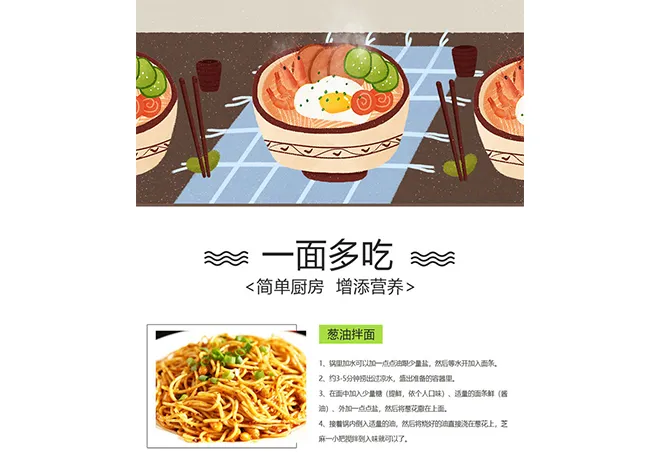soba noodles soup
Exploring the Delight of Soba Noodles Soup
Soba noodles, a staple of Japanese cuisine, have become increasingly popular across the globe for their unique texture, nutritious profile, and the comforting warmth they provide in soups. Originating from buckwheat, which is gluten-free, these noodles are commonly served hot or cold, with a variety of toppings and broths. One of the most beloved ways to enjoy soba is in a soothing bowl of soba noodles soup, a dish that captures the essence of Japanese cooking—simplicity and balance.
Soba noodles are unique in their preparation and flavor. While traditional wheat noodles are made primarily from refined flour, soba noodles are made from buckwheat flour, which lends them a distinctive nutty taste and a rich brown color. The texture of soba noodles is both firm and tender, making them versatile and a perfect companion for a variety of broths and toppings. This gluten-free alternative is not only a great choice for those with dietary restrictions but also rich in essential nutrients such as protein, fiber, and minerals.
The preparation of soba noodles is relatively straightforward but requires attention to detail for the perfect dish. First, the noodles are boiled in hot water until al dente, then they are typically rinsed in cold water to stop the cooking process, which helps to maintain their texture. However, for a delicious soba noodles soup, they can be directly added to a hot broth.
The broth is the heart of any soba noodle dish, with the flavor profile often influenced by the region and the season. A classic soba noodles soup broth is made by combining dashi (a Japanese stock usually made from kombu kelp and bonito flakes), soy sauce, and mirin (a sweet rice wine). This combination yields a broth that is both savory and slightly sweet, providing the perfect backdrop for the earthy flavor of the noodles.
soba noodles soup

One of the benefits of soba noodles soup is its adaptability. The dish can be served with a variety of proteins and vegetables. Common toppings include sliced green onions, mushrooms, seaweed, tofu, or even tempura. In colder months, adding seasonal vegetables like carrots and daikon radish enhances the warmth and comfort of the soup. For those who enjoy a bit of spice, a sprinkle of shichimi togarashi or a dash of chili oil can elevate the dish further.
Additionally, soba noodles soup can be enjoyed in different forms. One popular way is to serve it cold, accompanied by a dipping sauce (tsuyu) made from soy sauce base. However, when served hot, the noodles soak up the delicious broth, allowing for a harmonious blend of flavors with each slurp. The act of eating soba noodles is almost ritualistic; they are often slurped to enhance the taste experience and to cool down the noodles slightly before consuming them.
In many Japanese households, soba noodles soup is not just a meal but a symbol of comfort. It is often enjoyed during special occasions, particularly on New Year's Eve, as a way to bring good fortune for the coming year, known as toshikoshi soba. The long noodles symbolize longevity, making it a meaningful dish.
In conclusion, soba noodles soup is a versatile and delightful dish that brings comfort and nourishment. With its rich history, nutritious ingredients, and myriad of customizable options, soba noodles soup reflects the beauty of Japanese cuisine—focusing on natural flavors and seasonal ingredients. Whether you are looking to warm up on a cold day or simply want to enjoy a nutritious meal, a bowl of soba noodles soup is surely a satisfying choice. So, the next time you find yourself craving a comforting dish, remember the humble yet delightful soba noodles soup, and let it transport your taste buds straight to Japan.
-
Unleash Your Inner Chef with Delectable Italian Pasta CreationsNewsAug.01,2025
-
Savor Health and Flavor: Irresistible Soba Noodles for Sale Await!NewsAug.01,2025
-
Nourish Your Body with Premium Organic Ramen - A Culinary Delight AwaitsNewsAug.01,2025
-
Elevate Your Dishes with Our Exquisite Kinds of Egg NoodlesNewsAug.01,2025
-
Dive into Flavorful Convenience with Our Ramen OfferingsNewsAug.01,2025
-
Discover Exquisite Types of Naengmyeon and Chilled Soba NoodlesNewsAug.01,2025
-
Is Whole Wheat Pasta Healthy?NewsMay.30,2025
Browse qua the following product new the we

















































































































